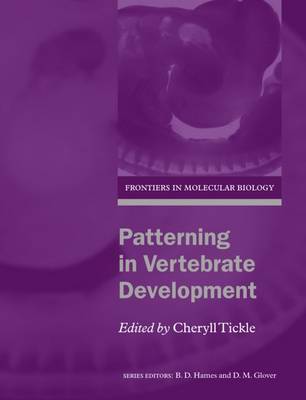Frontiers in Molecular Biology
1 total work
Patterning in Vertebrate Development
Published 2 January 2003
One of the most fascinating problems in biology is how a single cell, the fertilised egg, gives rise to a new individual. This volume in the "Frontiers in Molecular Biology" series discusses the methods by which cells in distinct regions of an embryo become different, a process known as patterning. Patterning is fundamental to establishing the spatial organisation of the developing embryo. It ensures that all the parts of the body are generated and that they form in exactly the right places. The ultimate in patterning is the formation of precise arrangements of specialised cells and tissues within each organ. Understanding the process of patterning during the embryonic development of vertebrates is a particular challenge for developmental biologists because vertebrates have an intricate and complex anatomy and histology. The first two chapters of "Patterning in Vertebrate Development" are introductory, explaining to the reader the general principles of vertebrate patterning and early embryology. The subsequent chapters address patterning in both nervous system and specific parts of the body.
